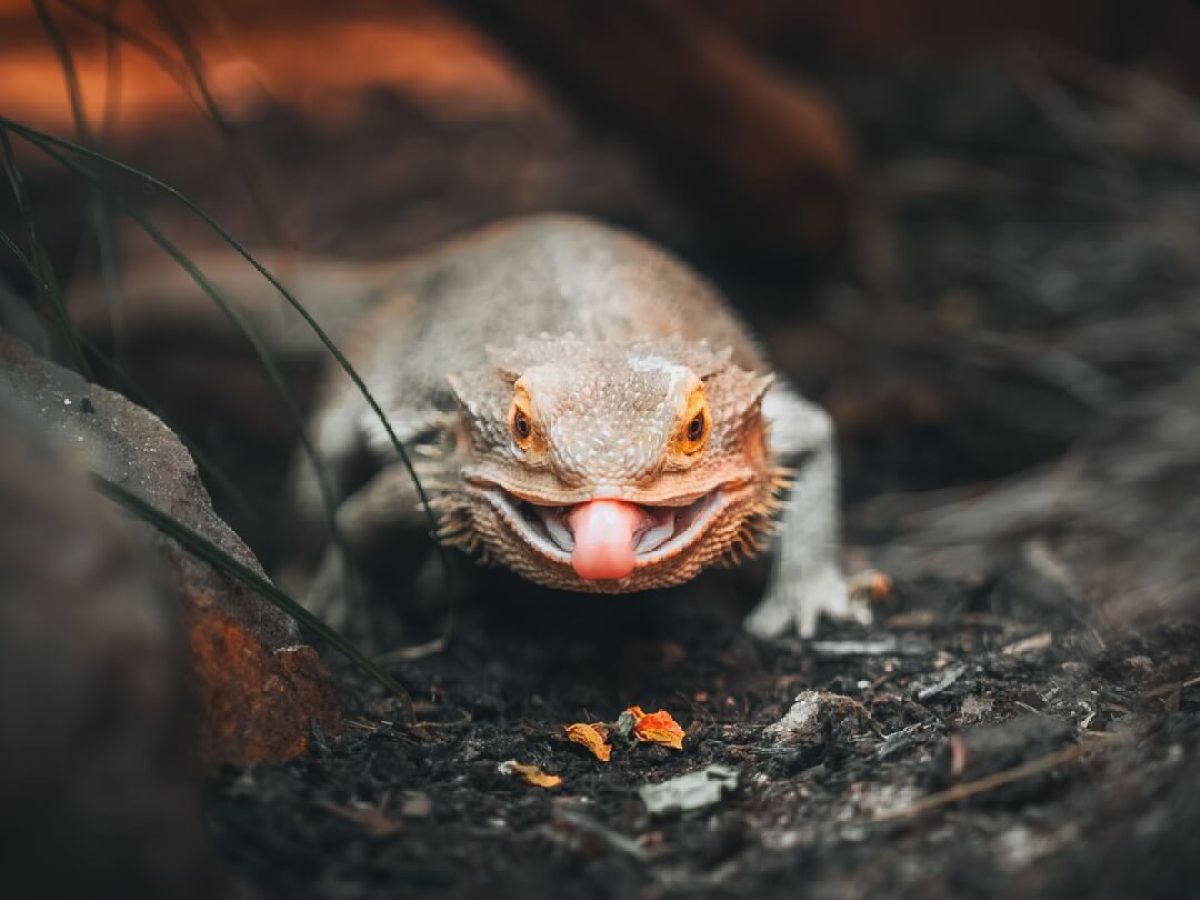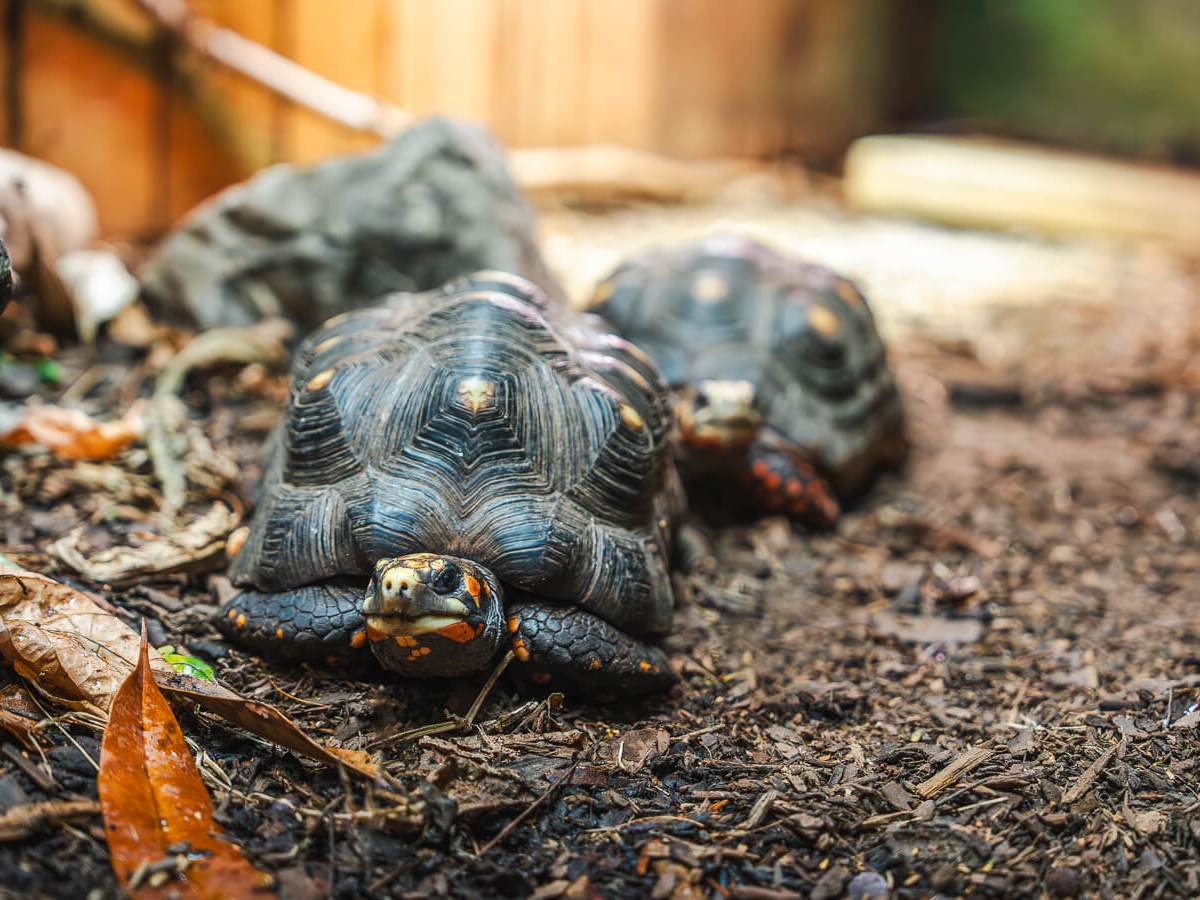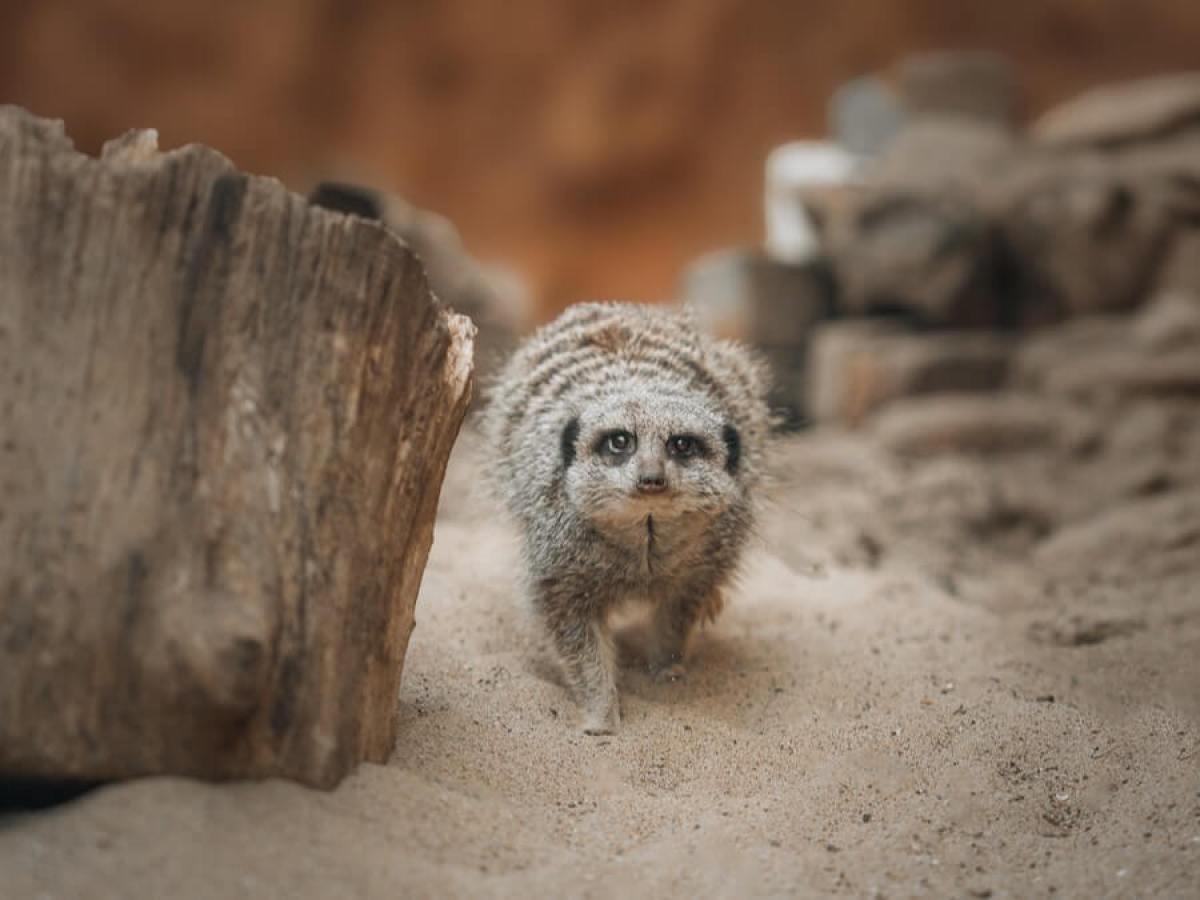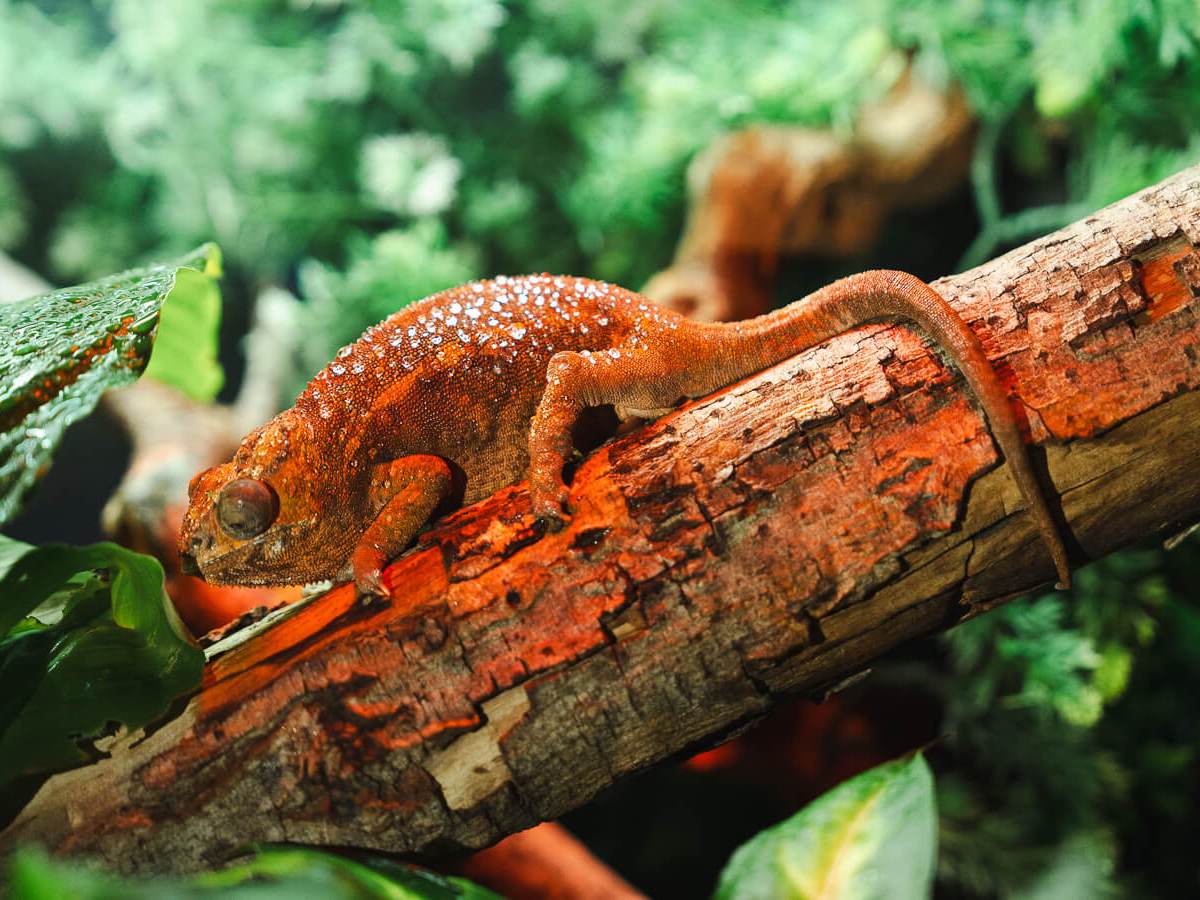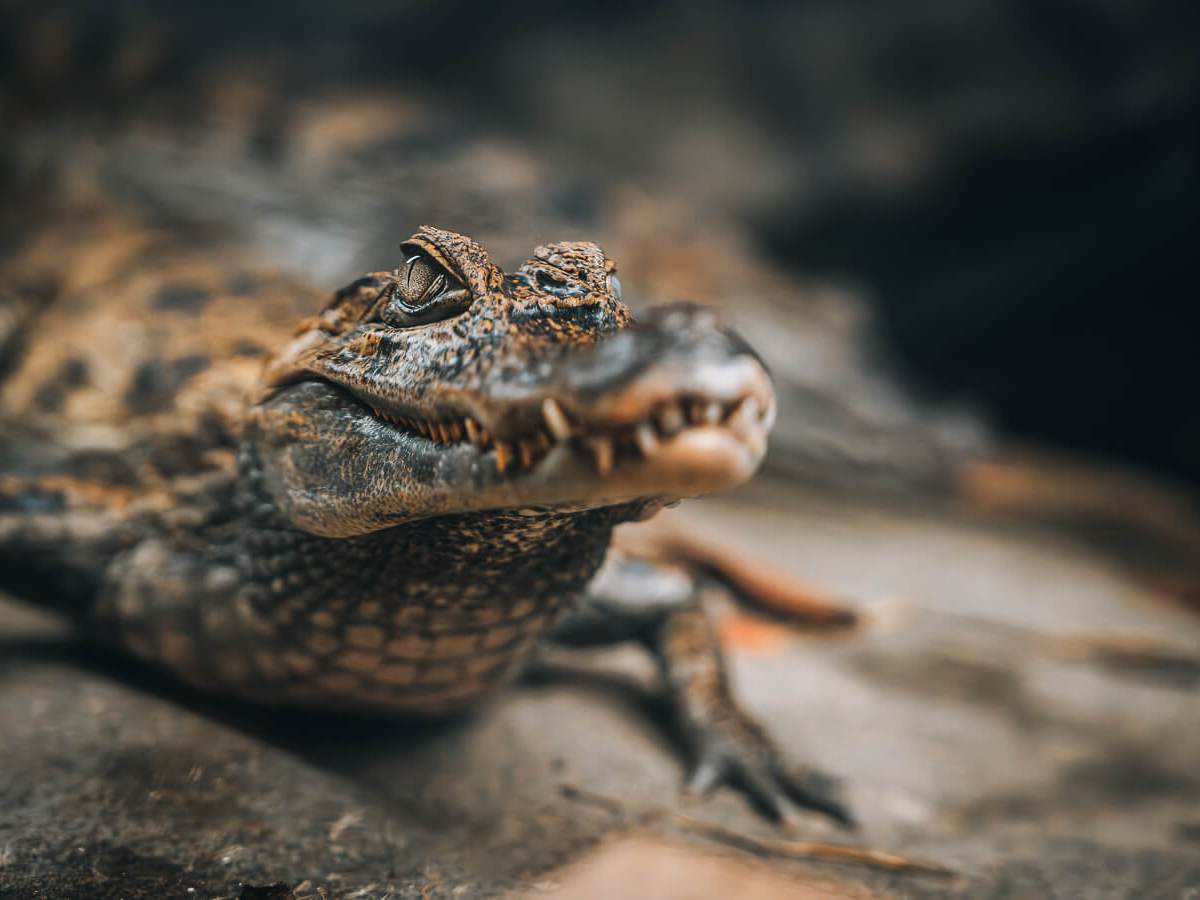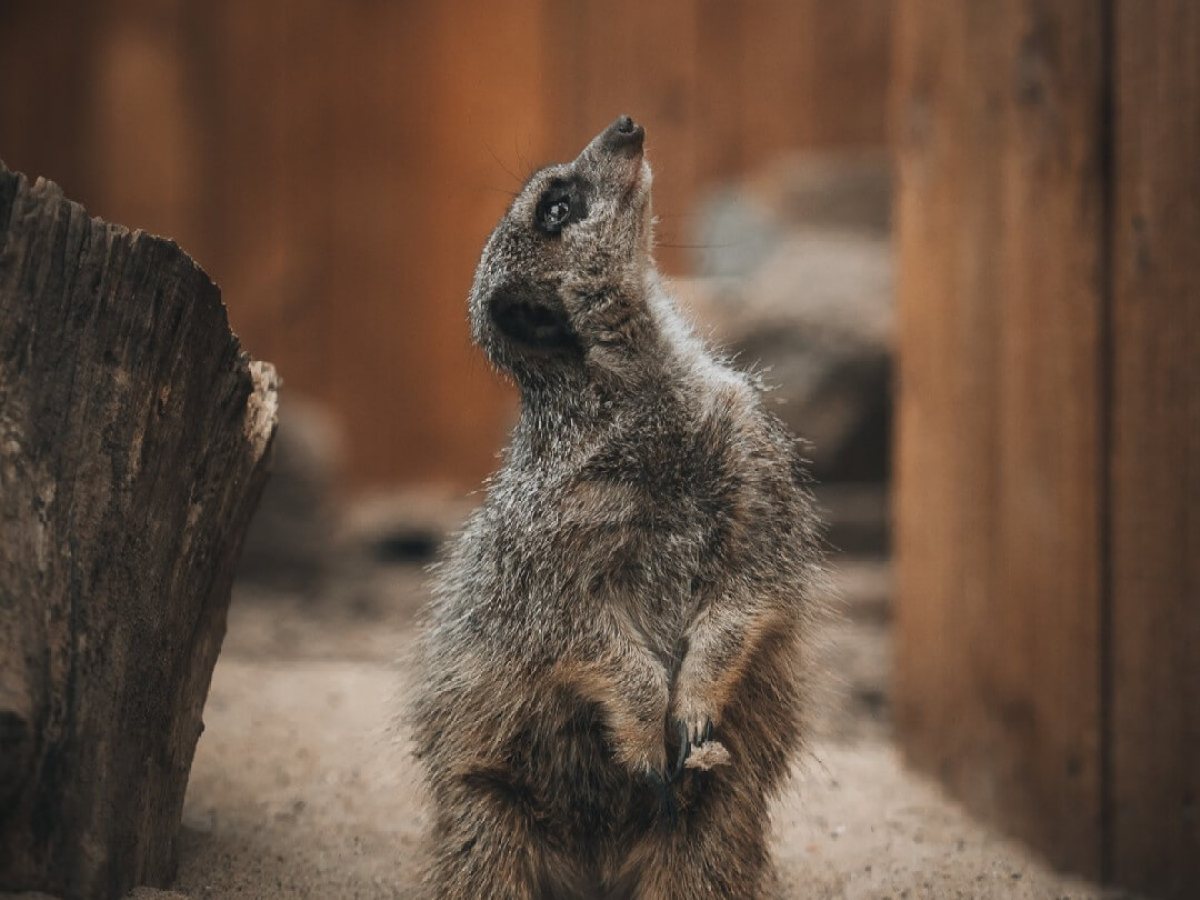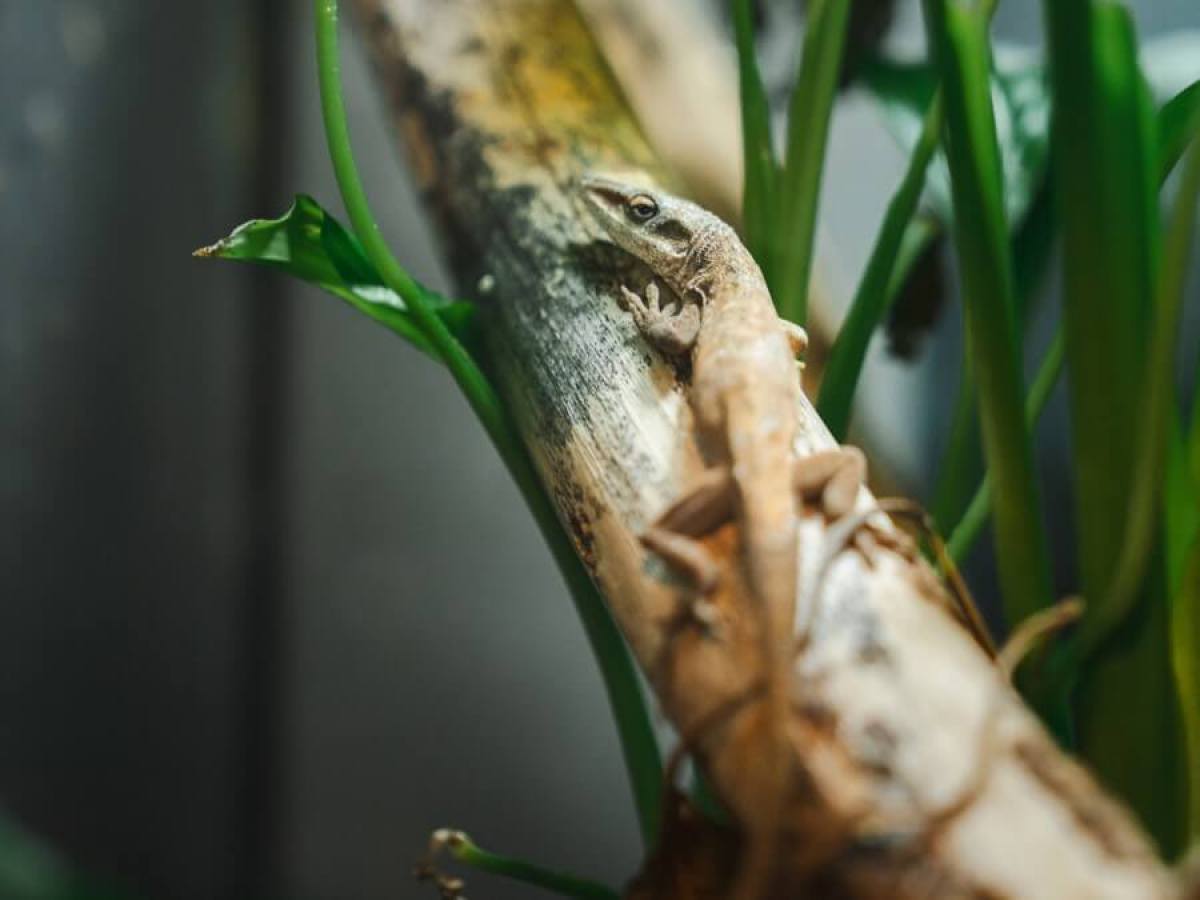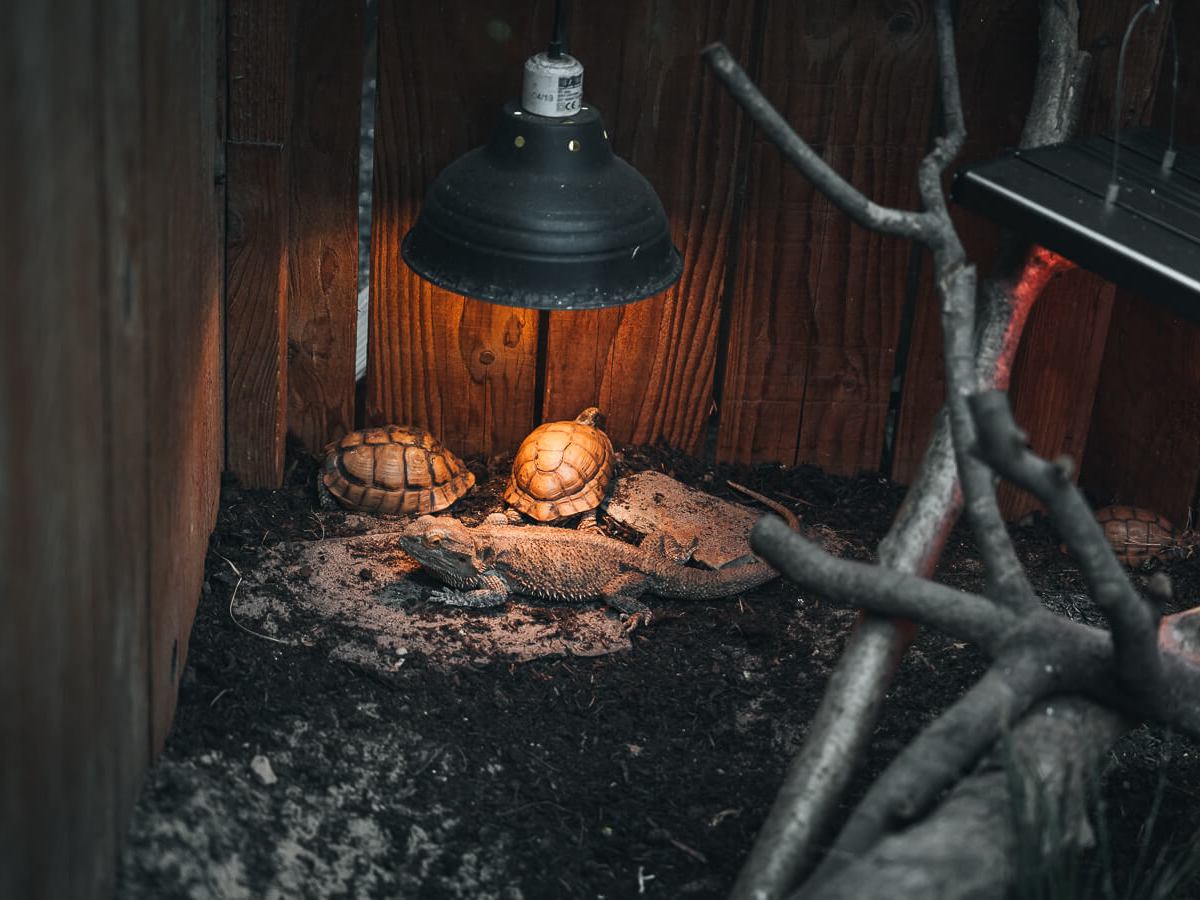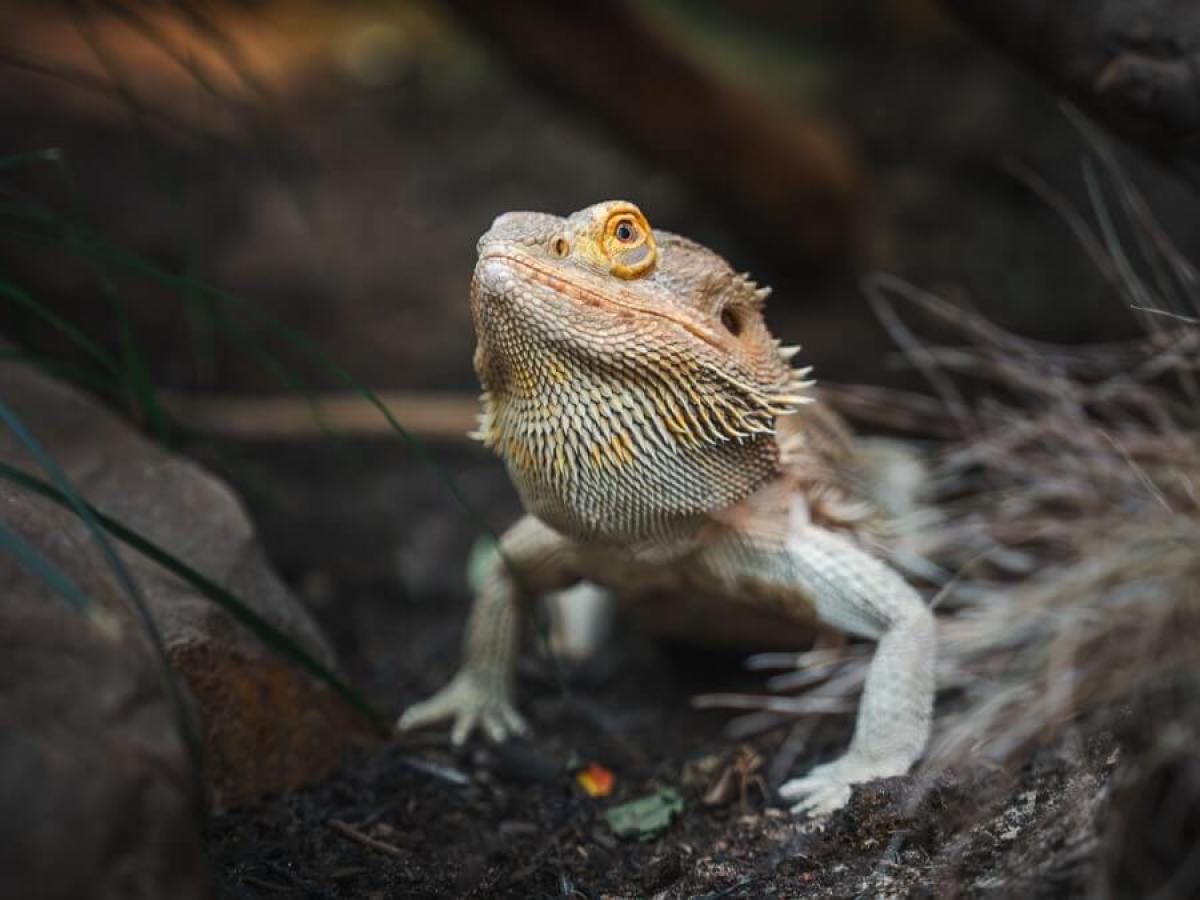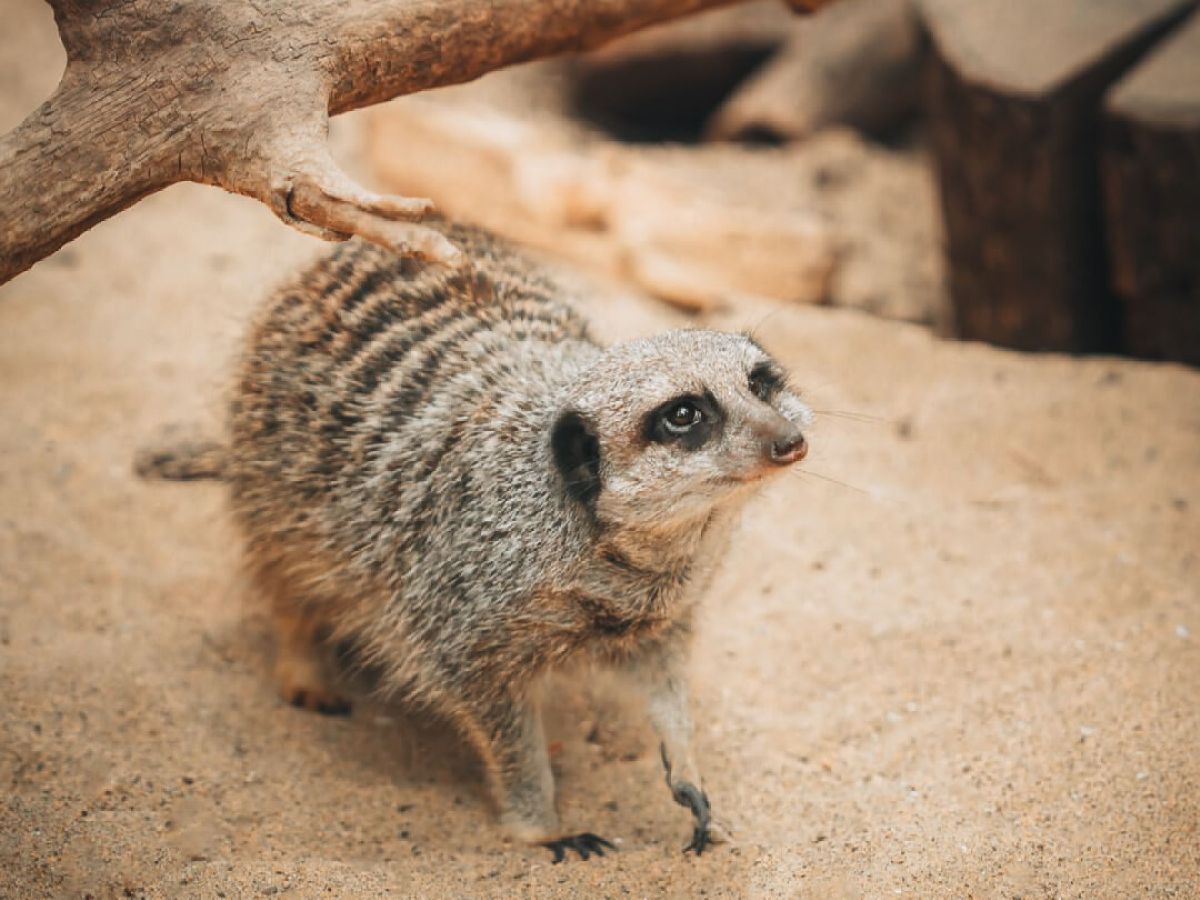We have around 40 different species of animal in Plantasia Tropical Zoo with over 10% of those having some conservation concern. The most notable of these being the Egyptian Tortoise (Testudo kleinmanni).
Plantasia participates in the EEP (European Endangered Species Programme) for Egyptian tortoises and collaborates with a variety of other zoological institutions for the protection and conservation of the species.
Here at Plantasia, we also breed a number of vulnerable and endangered species which include reptiles (Crested gecko), amphibians (Axolotl) and fish (Manyara Tilapia). Come and see some of our incredibly cute rainforest animals at Plantasia Tropical Zoo!
Axolotl
FOREVER YOUNG!Our Axolotl is a type of Salamander. They don’t metamorph so don’t grow into adulthood, they stay looking young for the rest of their life. If they did, they would look like Tiger Salamanders but with spots instead of stripes.
- DISTRIBUTION: Lake Xochimilco and Lake Chalco near Mexico City
- BELOW GROUND
Caiman Crocodiles
BITE ME!These tough crocodiles have few natural predators so are amongst the top of the rainforest food chain.
Watch out! Adult crocs have the strongest bite ever measured… an enormous 16,460 Newtons of bite force. A Lion only has 1,314.7!
SHUT IT!
But, a croc’s muscles to open the jaw are weak so a human can use their bare hands to keep Crocodiles mouths shut.
- DISTRIBUTION: Central & South America
- THE WATERING HOLE
Marmosets
TWINSUnusually, Marmosets are one of the only mammal species that almost always give birth to Twins!
- DISTRIBUTION: Brasil and South America
- CANOPY
Meerkats
HEADS-UP!Imagine living with 50 brothers and sisters! Meerkats live in huge family gangs in dusty burrows underground. Pop up into their burrow to get nose to nose with the family!
- DISTRIBUTION: Deserts and Grasslands of Africa
- ARID CLIMATE
Parrots
LITTER BUGMacaws are good for the forest, they’re messy eaters and drop a lot of seed on the ground – spreading the seed throughout the forest, helping to grow new plants.
SAY HELLO
Parrots are extraordinarily intelligent birds, if you say hello, they might just say hello back!
- DISTRIBUTION: South and Central America
- CANOPY
Piranhas
JAWS!Speedy, powerful jaws and super sharp teeth – the Red Bellied Piranha is simply terrifying. A hungry piranha in its habitat of rivers and mangroves will bite almost anything, including humans! But attacks from these colourful carnivores are rarely lethal. They’re efficient scavengers, feeding on wounded animals or other fish.
They live in groups called “schools” and a large school of piranha can be a moving menace!.
- DISTRIBUTION: Orinoco and Amazon Basins to Parana and La Plata rivers
- BELOW GROUND
Green Iguana
Tree-lover!Oscar, our Green Iguana, is a large, herbivorous lizard – a species that originates from southern Brazil to Mexico. Growing up to 1.7 meters long, this arboreal species is also known as the American iguana and comes in various colors and types.
- DISTRIBUTION: Central and South America
- TOWARDS THE CANOPY!
Burmese Python
SQUEEZE!Clyde our Burmese Python is the 4th largest snake by weight or length. Unfortunately, he is also an invasive species in the Florida Everglades.
- DISTRIBUTION: Southern and South-East Asia
- FOREST FLOOR
Leopard Cats
MINI HUNTERSOur Leopard Cat Nala, has all the characteristics and looks of a deadly Leopard, but is only the size of a house cat. Definitely cute, but definitely deadly!
- DISTRIBUTION: Continental South, Southeast and East Asia
- CANOPY
Asian Water Monitor
Cleanup CrewHaku, our Asian Water Monitor is a large lizard found in the wild near water in Asia. They are excellent swimmers, inhabiting rivers, swamps, and forests. Their diet includes fish, frogs, and small mammals, helping keep the environment clean by eating decaying flesh.
- DISTRIBTION: South East Asia
- NEAR FORT CROX
Sailfin Lizard
Sail-Backed SwimmerThe Philippine Sailfin Lizard, has a sail-like crest on its tail and grows up to 3-4 feet long. Also known as Sailfin Dragons, they are excellent swimmers, that live near water and eat plants, fruits, insects, and crustaceans. Discover Phillis’ story on how she came to Plantasia Tropical Zoo on your next visit.
- DISTRIBUTION: The Philippines: Rainforests and Wetlands
- THE WATERING HOLE
Creepy Crawlies
A BUGS LIFE!- Scorpion
- Giant African Land Snails
- Assassin Bugs
- Madagascar Hissing Cockroaches
- Goliath Birdeater Tarantula
- Chilean & Red Knee Tarantulas
- Giant African Millipedes
- Poison Dart Frogs
- and more!
- BELOW GROUND
Bearded Dragon
Aggression DisplayThe Bearded Dragon has a throat beard that both males and females use differently: females display it to show aggression, while males use it to attract mates. Changing colours help regulate their body temperature.
- DISTRIBUTION: Australia
- ARID CLIMATE
Lau Banded Iguana
Treetop BalanceThe Lau Banded Iguana, adorned with short crests and white or blue bands, forages and basks during the day, retreating to treetops at night. As herbivores, they eat leaves, fruit, and flowers, using their long tails for balance while climbing.
- DISTRIBUTION: Fiji's Lau Islands
- FOREST FLOOR
Manyara Tilapia
Ecosystem KeyManyara Tilapia have short snouts and small eyes. Males turn pink when breeding. They are crucial to their ecosystem but face threats from overfishing and invasive species. They practice mouthbrooding, carrying eggs in their mouths until hatching.
- DISTRIBUTION: Tanzania's Lake Manyara
- GROW YOUR IMAGINATION EDUCATION ROOM
White-Cheeked Turaco
Colour SplashThe white-cheeked turaco stands out with its vibrant green feathers, white face, and red beak. Notably, its red feathers can turn water pink when stirred into it.
- DISTRIBUTION: Highland regions of Sudan, South Sudan, Ethiopia, and Eritrea
- CANOPY
Red Ear Slider
Water WandererRed-eared sliders, slide from rocks into water. Commonly invasive in Europe, Australia, and India due to pet abandonment, their shells are made of keratin, the same material as human fingernails and hair!
- DISTRIBUTION: Southern USA
- FOREST FLOOR
Egyptian Tortoise
Endangered GemThe Egyptian Tortoise, or Kleinmann’s Tortoise, is the second smallest tortoise species and faces extinction. Found in deserts, it eats plants but is threatened by capture for the pet trade. It is the smallest tortoise in the Northern Hemisphere.
Read all about our Egyptian Tortoise on our blog!
- DISTRIBUTION: Libya, Egypt
- ARID CLIMATE
Panther Chameleon
Colour-ChangingThe Panther Chameleon is vibrant and can change colour to express emotions and defend its territory. Males are larger and more colourful. Their long tongues catch insects, and their eyes move independently for a 360-degree view.
- DISTRIBUTION: Madagascar
- UNDERGROUND ZONE
Beaded Lizard
Rare and VenomousThe Rio Fuerte Beaded Lizard, has black and yellow bands. It primarily eats eggs and small animals. One of only two venomous lizards, its venom is used in medicine. It is protected due to its rarity.
- DISTRIBUTION: Mexico and Guatemala.
- ARID CLIMATE
Crested Gecko
Tail-TacticsThe Crested Gecko was rediscovered in 1994 after being thought extinct. Measuring 8-10 inches long, it has hair-like projections above its eyes that look like eyelashes, and licks them clean. It can shed its tail to escape predators.
- DISTRIBUTION: New Caledonia
- UNDERGROUND ZONE

